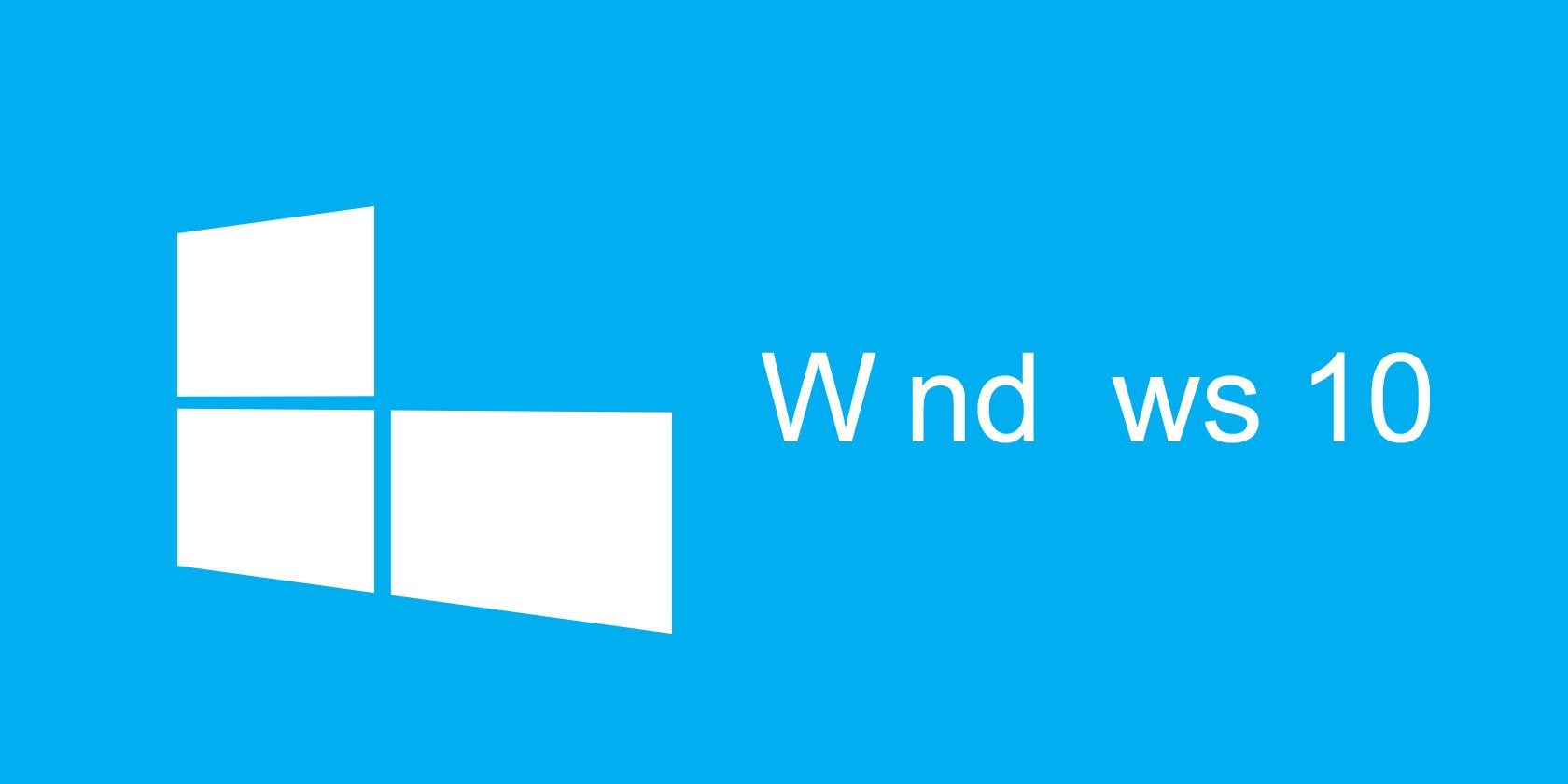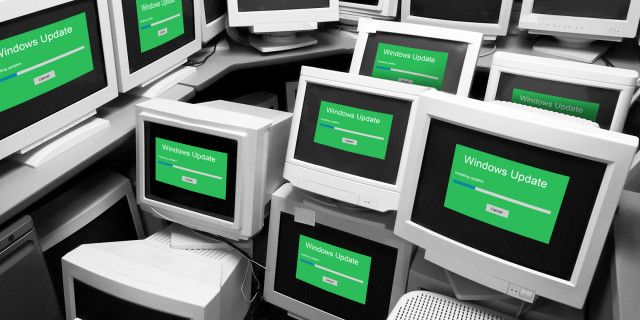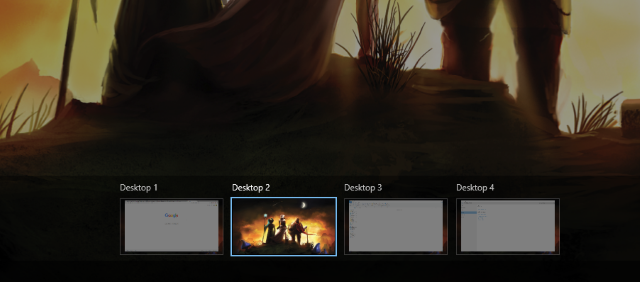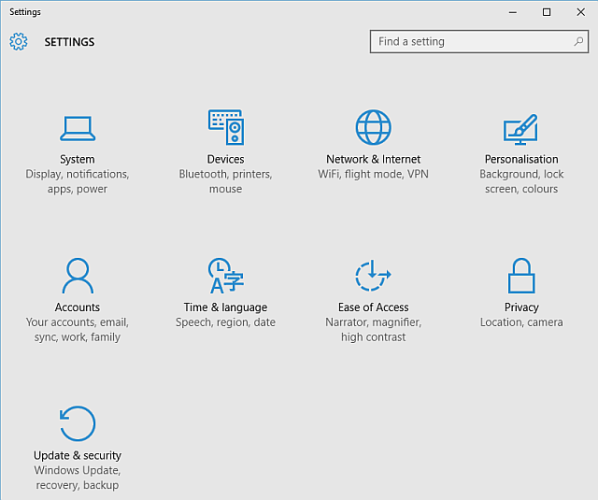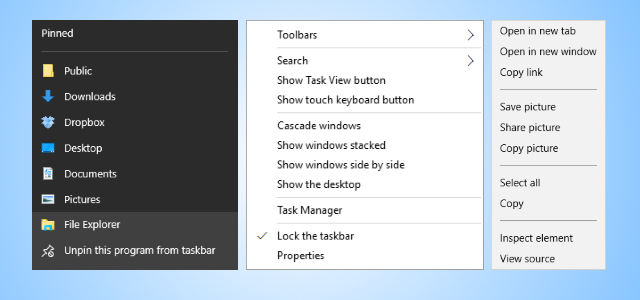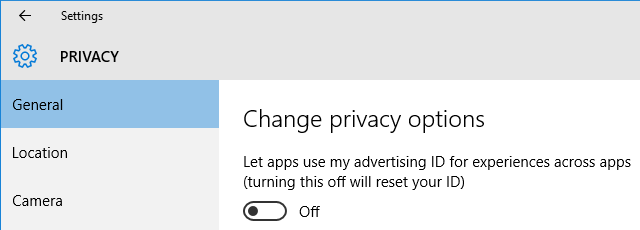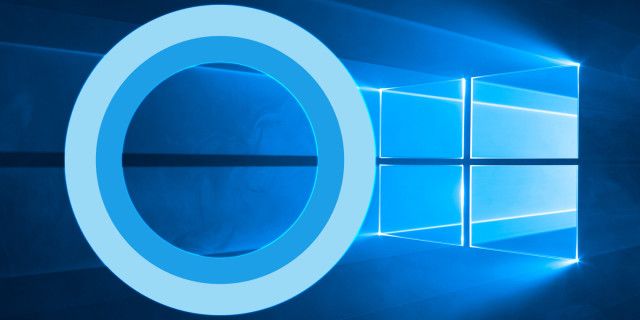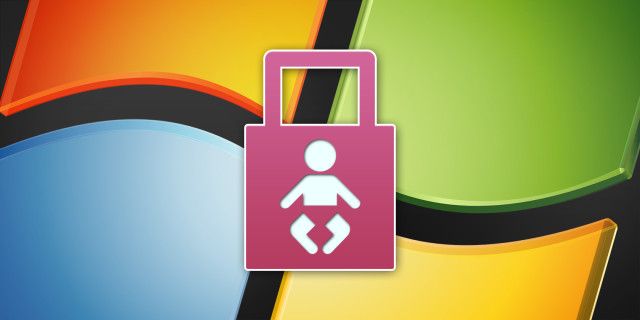Windows 10 is a great operating system, but there's no doubt that it's imperfect. Whether it's features that are missing entirely, or existing ones which need improving, there's still work for Microsoft to do on this ever-evolving platform.
From forced updates to a confusing user interface, parental controls to data mining, these are all the things that we wish Windows 10 had done right.
Please be sure to share what features you wish Windows 10 had done right in the comments section below.
1. Update Flexibility
One of the most controversial things about Windows 10 is that it forces you to receive all Windows updates automatically, whether you want them or not. You also don't even get to decide when you want the updates downloaded, which has been a pain for those with limited bandwidth.
Microsoft wants to have everyone running a unified version of Windows and forcing updates is one way to ensure that. It makes sense from a security and ease of development viewpoint, but reduces flexibility for the end user.
Windows Insiders test the updates first before they get rolled onto Home users, but this isn't foolproof. There have been instances on previous operating systems where Microsoft has released a botched update that did more harm than good for some users.
Removing the ability to select which updates you want and when is a definite step back, but it might not be something we ever see changed. Even including notes with the updates, so you actually know what has been changed, would be a reasonable step in the right direction.
2. Virtual Desktop
Windows 10 finally saw the introduction of virtual desktops, a feature which power users have been after for a long time, especially since it's available on Mac and Linux.
While it was always available through third-party applications, it's great to have virtual desktops built in to the operating system. Press Win Key + Tab to bring up Task View, then select New desktop to create your additional desktops. For example, you could have one desktop for all your work-related windows and another for your entertainment. But there's room for improvement.
It would be good to be able to rename the desktops (currently they're just Desktop 1, Desktop 2, and so on) and also re-order them. Another nice to have feature would be to be able to give each virtual desktop a unique wallpaper; this is possible with a multiple monitor setup, which virtual desktops essentially replicate without the hardware. Even something small like a consistent, optional indicator icon to show what desktop you're currently using would be handy. These aren't major enhancements, but they'd all add value to make the feature even better.
3. Unified Settings
The Control Panel has long been the central base for all settings options in Windows, but this started to change in Windows 8 with the introduction of PC Settings. In Windows 10, this became the Settings app.
Microsoft has said it eventually plans to do away with the Control Panel, but Windows 10 still offers both in unison and it's not clear why. There are some things which can only be done in the Control Panel, others only in Settings. There's even stuff that is available on both, like program management and network setup, which is confusing.
It's clear from design elements, like the spacing, font size and sliders that Settings was designed with portable device users in mind. That's fine, but for desktop users it's a lot of wasted screen estate and reduced control. Even something basic like changing your wallpaper is less powerful than it used to be; you used to be able to put them on a time rotation, select folder paths from a dropdown, and see more thumbnails than your six most recent wallpapers.
Personally, I don't think the Control Panel can be beat and Settings in Windows 10 is a step back.
4. Consistent User Interface
An operating system is more than just functionality. The design matters a lot too, both in terms of accessibility and aesthetics. Besides, it's something you probably see every day, you want it to look good.
Sadly, Windows 10 is all over the place when it comes to the user interface, opting for a variety of different designs that don't work together for a unified style. We've even found a number of traces of Windows XP within 10.
Just take the context menus, for example. Right click a program on the taskbar and then right click empty space on the taskbar - two different menu designs right next to each other. There's stark differences when it comes to classic and modern apps, but even the latter isn't consistent between itself. For example, hamburger menus can behave differently between apps. Elsewhere, the icon set is incomplete; one arrow even has misaligned pixels.
It's all sloppy and should have been rectified before release to create a singular look and feel for Windows 10.
5. Tighter Privacy
Perhaps it's not surprising in the modern world, but it doesn't make it any less frustrating that Windows 10 is more invasive on our privacy by default.
Microsoft rejected concerns over privacy, but without a doubt, a lot of data is being shared in Windows 10. Terry Myerson, Executive Vice President of the Windows and Devices Group, says that information about you is being collected so that the product will work better for your needs. Cynics, or maybe just realists, will say that this data is being collected to be mined and used for advertisement targeting.
While some have to be opted into, many Windows 10 settings are automatically running from day one.
We've previously published everything to know about Windows 10's privacy, which summarizes some of the security claims and how to get control over it. The best way is to press Win Key + I to bring up Settings, then click Privacy and navigate through all the different categories, turning each feature on and off as you desire. But for an average user, one who is likely to use the Express OS installation, they'll probably never come across these settings and won't be aware of the data that is being collected.
Privacy is something to worry about and it would have been better to see these data collection features things you had to actively opt into, rather than the other way around.
6. Greater Local Market Support
Before Windows 10 was released, Microsoft was crowd sourcing ideas for features that people wanted to see. By a long mile, those suggestions with the most votes were those which gave support to the local markets. For example, the desire for a Persian calendar garnered tens of thousands of votes, and Microsoft obliged. However, where Windows 10 falls down is in the regions in which Cortana can be used.
Currently, Cortana can only be used in specific countries, like the United States, United Kingdom, France, and Italy. With only 11 countries supported by Cortana, that's a drop in the ocean compared to Windows 10's global availability. To Microsoft's credit, it does aim to continue adding more countries to the list. For example, Australia and India have been added since launch.
There's definitely demand for further support, but Microsoft wants to adjust Cortana for each language and culture before rolling it out further. Nevertheless, it would have been good to see a greater local market support at launch.
7. Parental Controls
Computers, tablets and mobiles are all common devices nowadays and children will often be given access to them from an early age. However, not everything out there is appropriate for children, so it's understandable that some parents will want to use parental controls to limit what content is accessible.
Windows 8 handled it well with Family Safety, but there was still room for improvement. Sadly, it seems to have taken a step back with Windows 10.
Firstly, every account added to Family Safety now needs to have an email address associated with it, which seems pointless for young ones and an unnecessary extra step. Secondly, if you want to block apps or games on their age rating, you can't do that with a blanket rule -- you have the same rating restriction across all of them and then specifically allow or block others. Thirdly, the time filtering functionality has been negatively simplified, allowing you to only select one time span per time for which a device can be used. Previously, you could specify ranges within the same day; from 8-9 am and then 3-5 pm on a Monday, for example.
Something which is still the same from Windows 8 is that the reporting and controls can be accessed online. This is useful, but it would have been good to see all of these options also available within the operating system itself. For more information, see our guide on Windows 10's parental controls.
Share Your Feedback
If there's a feature you think is missing or needs improving, Microsoft wants to hear from you. If you're running Windows 10, just do a system search for Windows Feedback and select the relevant result. Here you can submit your feedback and also vote on the ideas of others. Please note you'll need a Microsoft account to be able to participate.
While it's uncertain how much attention Microsoft pays to this specific app, with Windows 10 being a constantly evolving operating system, it's still possible that we will see some features added or improved upon in the future.
Is there a feature missing from Windows 10 that you'd love to see added? Or an existing feature that needs improving? Let's hear!

